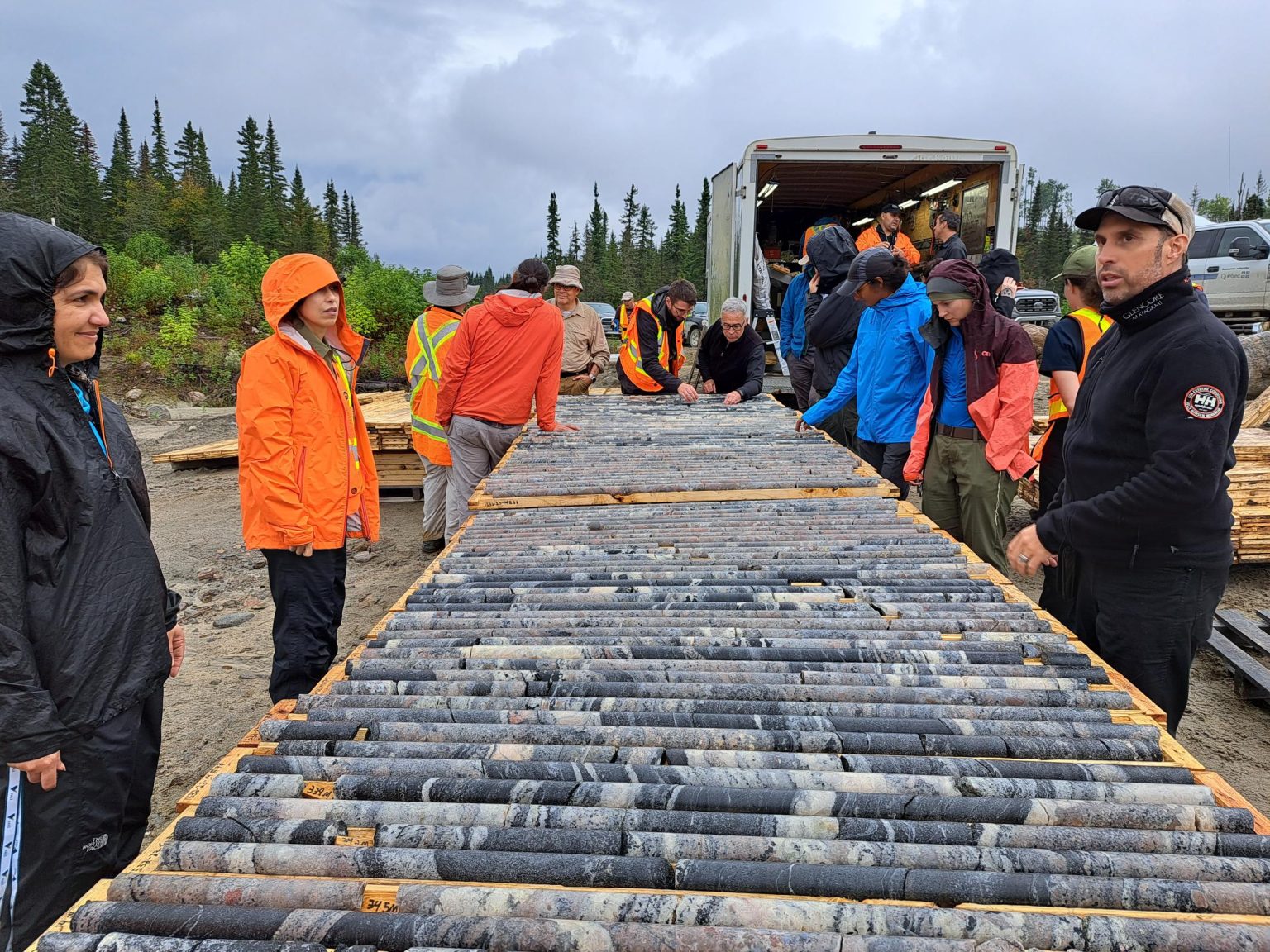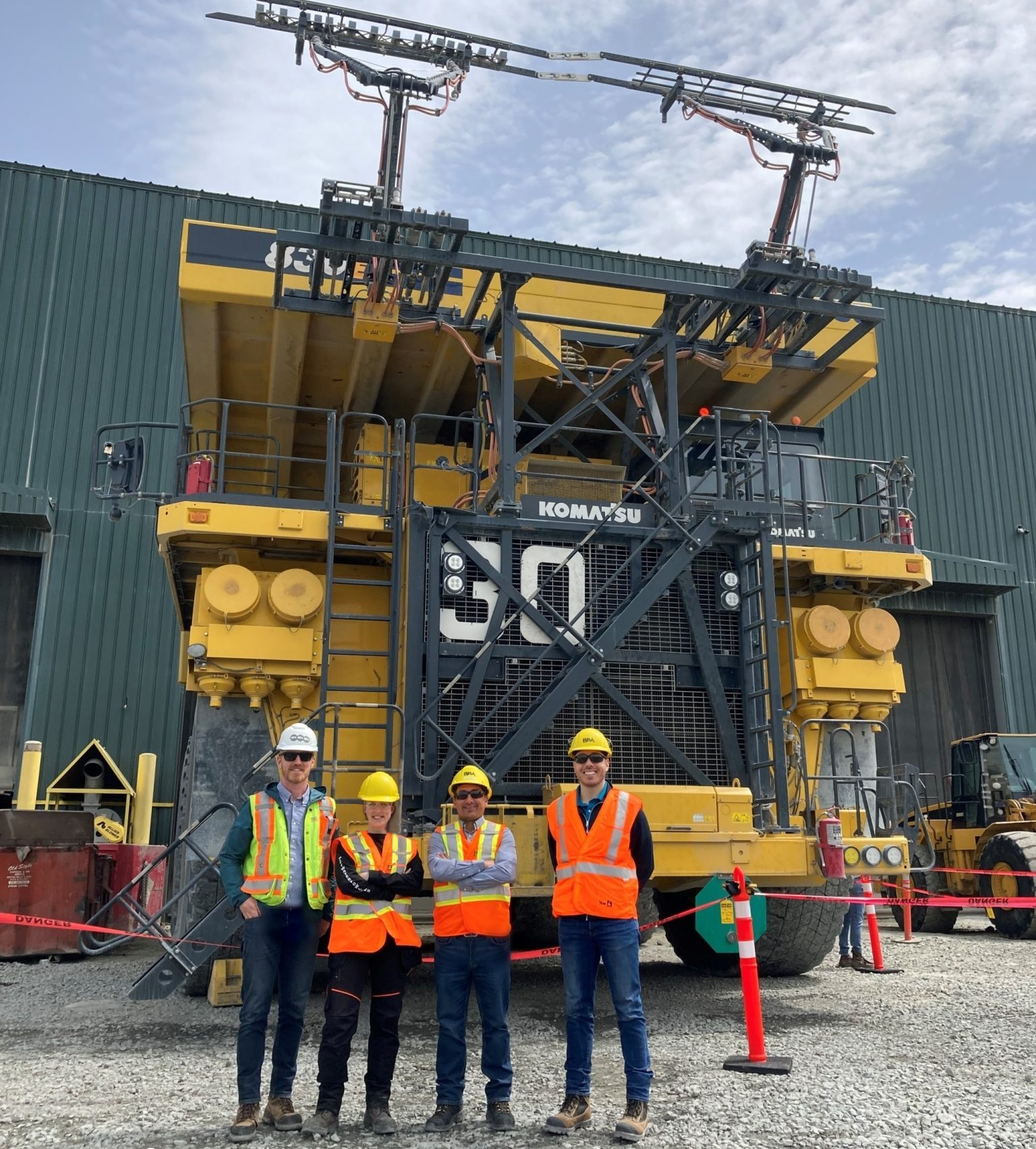Cambrian’s new Centre for Smart Mining to support Sudbury innovation

Cambrian College campus in Sudbury, Ont
Sudbury’s mining innovation cluster just got stronger.
In June, Cambrian College was awarded $1.75 million in funding for a new technology access centre (TAC), dubbed the Centre for Smart Mining.
TACs are specialized R&D hubs affiliated with Canadian colleges that provide industry partners with access to equipment, specialized training opportunities, and applied research projects.

Steve Gravel, manager,
Centre for Smart Mining
“I think it will definitely enhance the mining innovation ecosystem that we already have here in Sudbury,” said Mike Commito, the college’s director of applied research and innovation. “With Cambrian having greater resources to deploy when it comes to R&D and applied research in the mining industry, it really allows all the partners in the ecosystem to do more with that,” he said, adding that includes miners, small and medium sized enterprises (SMEs) and other organizations doing similar work, including Laurentian University, Norcat and CEMI.
The funding announcement was part of Canada’s network of technology access centres (TACs), funded by the Natural Sciences and Engineering Research Council of Canada (NSERC). There are now 47 TACs across Canada – only two of which – the Centre for Smart Mining and the Centre de métallurgie du Québec in Trois-Rivières – that are focused on the mining sector.
Cambrian has been doing applied research – mostly with the mining industry – for the past 10 years, Commito says, but will now focus those efforts through the TAC.
“We’re focusing a lot of our efforts on smart mining and the digitization that we’re seeing in the industry. But with smart mining, we’re also looking at things from an environmental perspective all the way up to Internet of Things integration.”
The $1.75 in funding over five years is Gravel says. “So companies looking to de-risk the adoption of that new technology can come to the TAC to do prototype development, proof of concept activities, and then something that’s really important for the mining industry is proof of value – so not only understanding that this works technically but how will this fit within our existing process?”
That last piece alone can go a long way to accelerating the timeline to adoption, Gravel says.
The mandate for any TAC is nationwide, so the benefit of the research done through the Smart Centre for Mining has to accrue within Canada. However, the Centre could work with multinationals with a meaningful presence in Canada.
Working with a TAC has the advantage of additional resources for applied research – either through new streams of funding that are only available through Tacks or by tapping into Canada’s network of 47 TACs at colleges across the country.
New equipment
Cambrian has also received $4 million from federal and provincial government for new equipment, including $2 million in funding from Ontario government’s Northern Ontario Heritage Fund Corp. announced in July. While the funding proposal was not linked to the TAC, the equipment will be used by the Smart Centre for Mining’s technical team. Cambrian has already procured a couple of pieces of equipment, including a 3-D printer and a 5-axis CNC machine.
“We have a 3-axis CNC right now and that limits us to the complexity of the part type we can make. So this is really just the next generation of that technology,” Gravel explains. “It has a high capacity to be able to make very complex parts for machines.
When we’re prototyping it’s very important to be able to make custom pieces of equipment and this will be a great tool in that tool belt.”
So far, there are five projects that fall under the TAC at Cambrian, a mixture of short-term fee-for-service projects that might last for three months and longer-term research projects that are typically six to 12-month engagements. Longer-term projects are funded by a mixture of industry funding and government funding that must be applied for under specific program streams.
While Gravel can’t discuss specifics, he says the themes of the TAC’s current projects include underground personnel tracking, smart containerization and material tracking to remediation of tailings.
“I expect most of the new work to be in digitization, advanced communication and IoT,” he says. “Within those areas, I expect machine health monitoring to be a very popular one for us, leading toward predictive and preventative maintenance.”
Digitization is where the Centre for Smart Mining will be focusing its efforts, in particular, in pairing solutions with the end users who need them.
“I think what we’re going to be focusing on largely is that transitional piece from companies that don’t already sell into the mining industry that have solutions that could be adapted for it and then doing that transitional applied research to get those pieces of solutions to be able to fit the mining environment.”





Comments